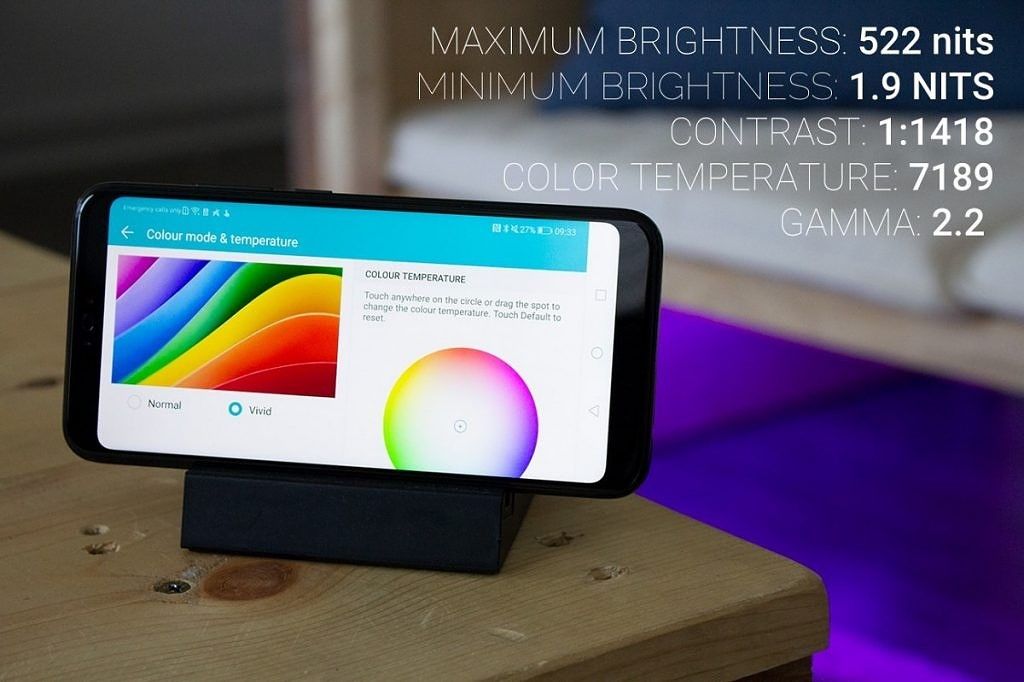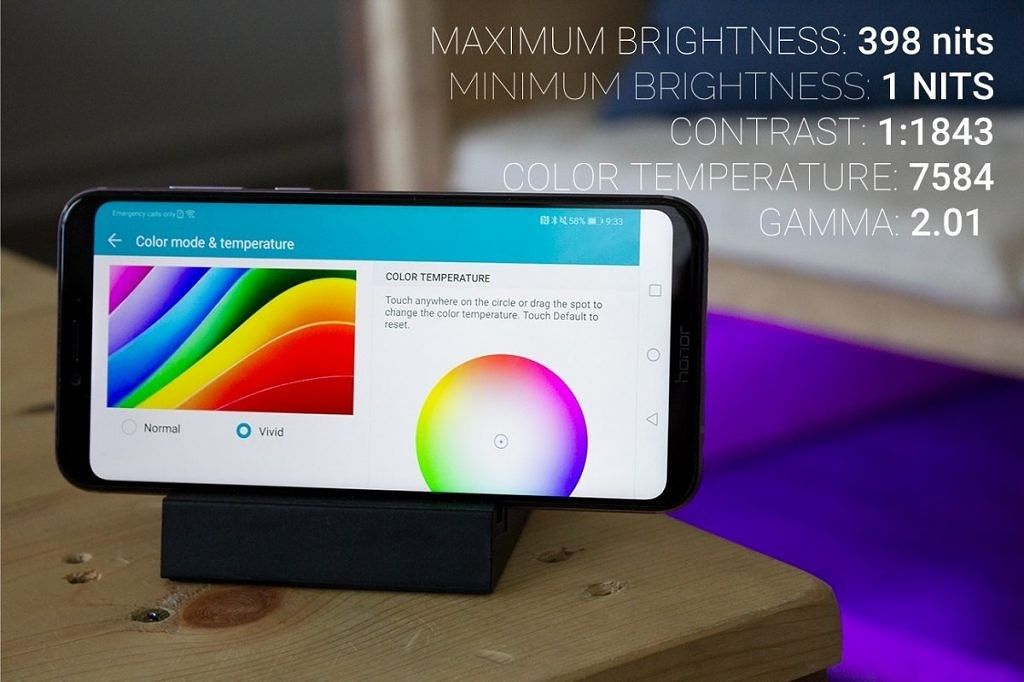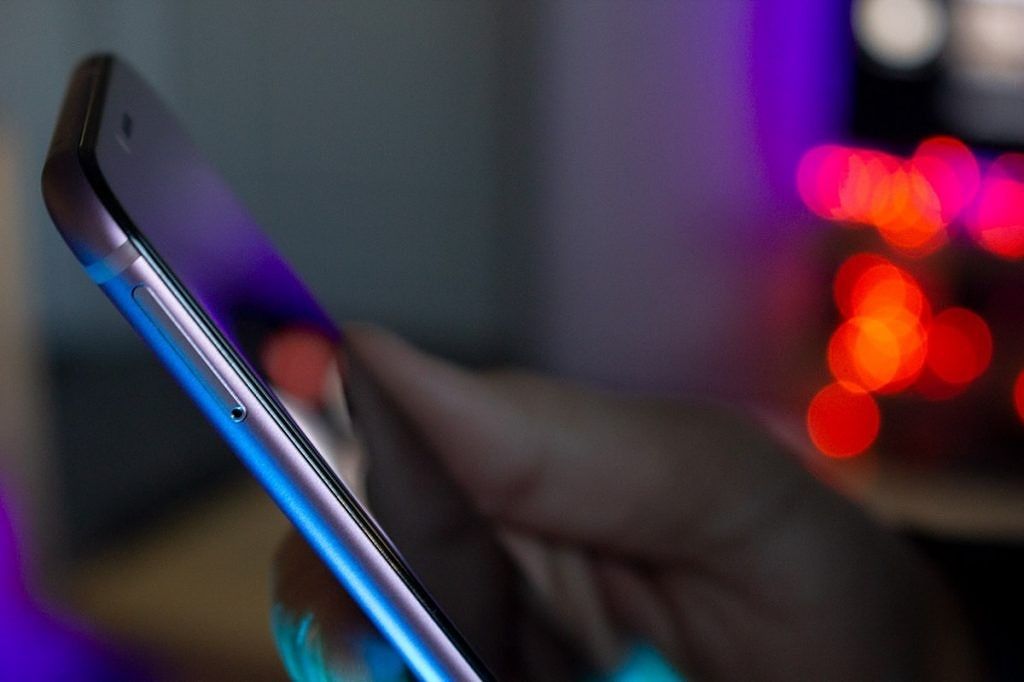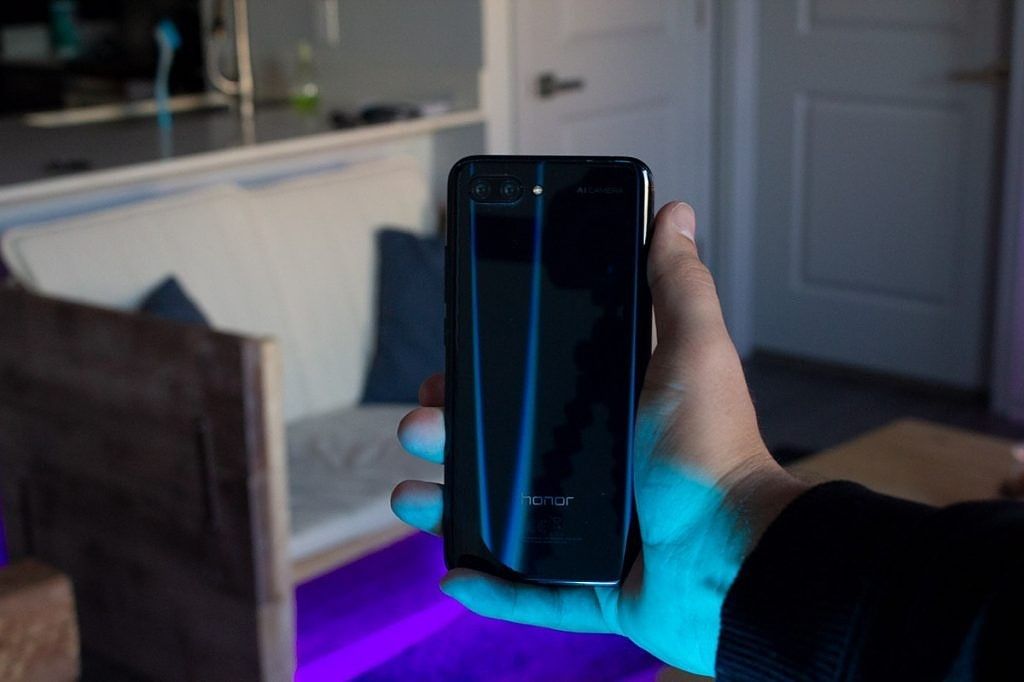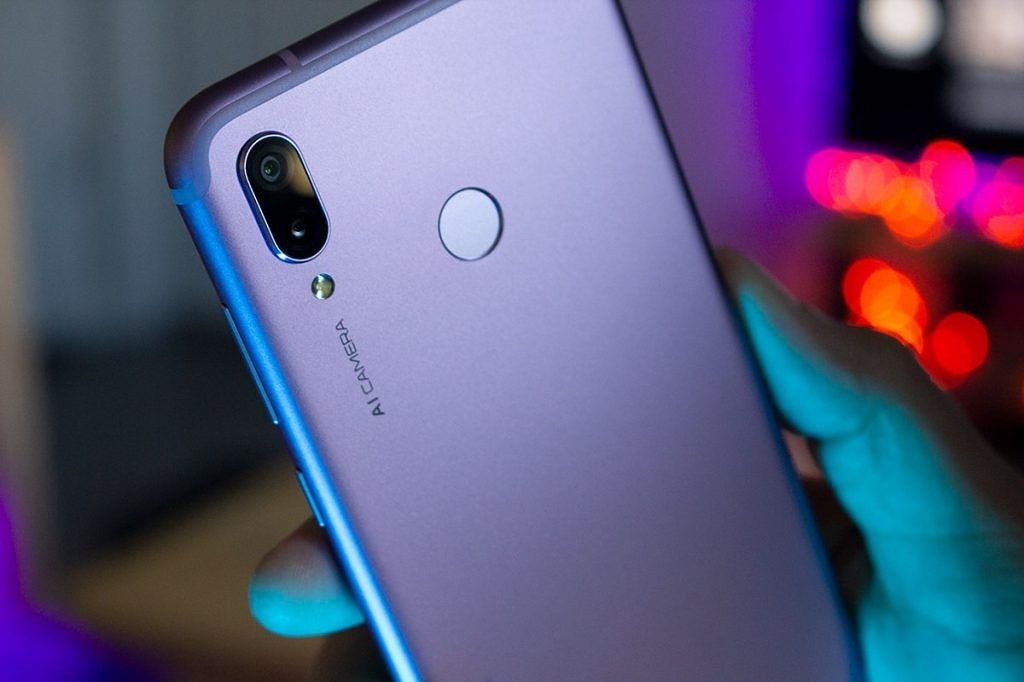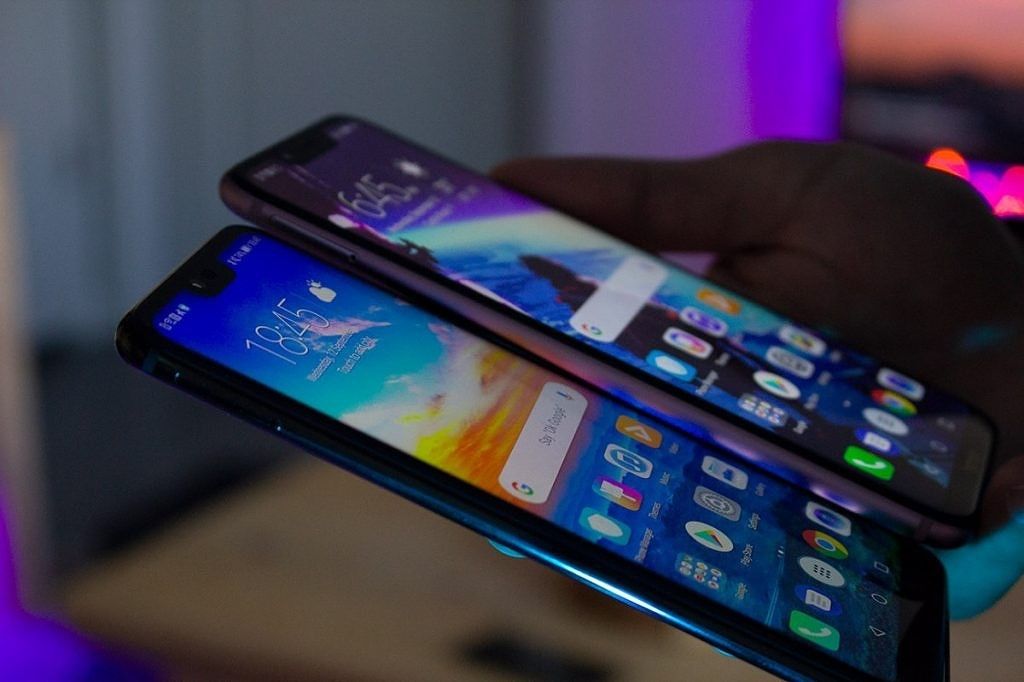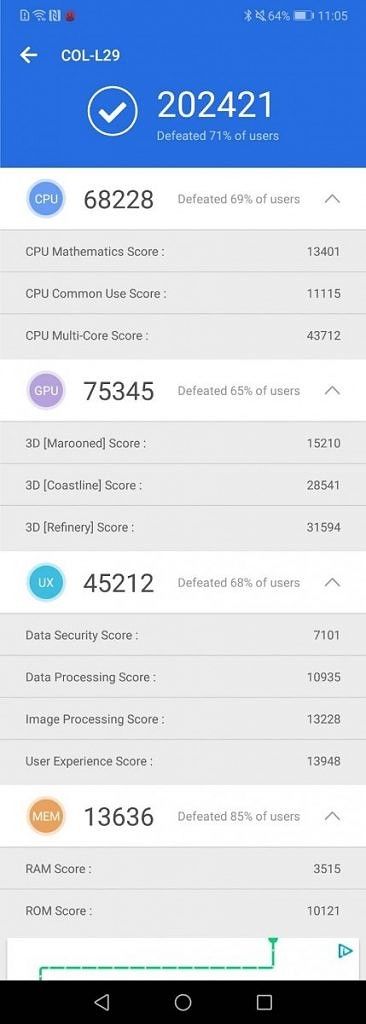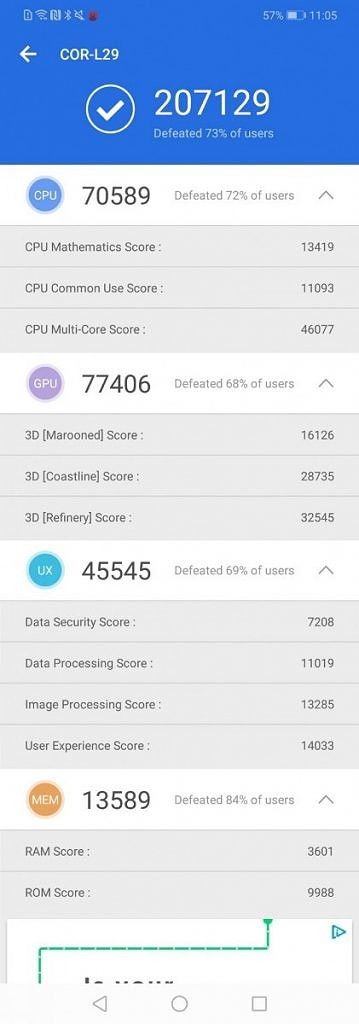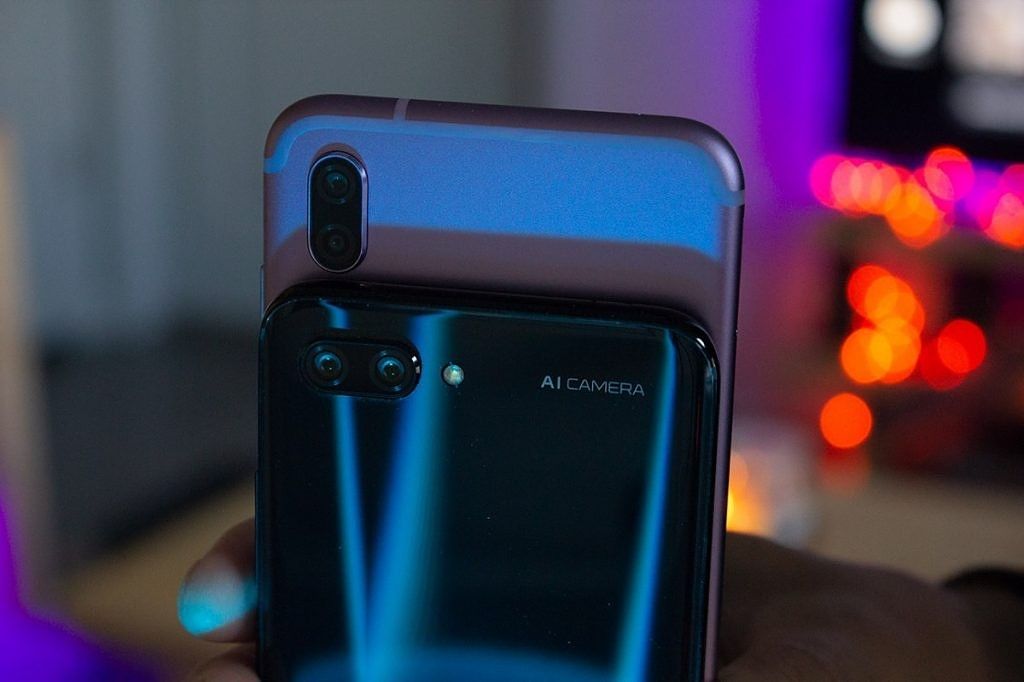The Honor 10 was launched as Honor's flagship phone of 2018, fitted with their newest Kirin 970 chipset and Honor's AI Camera. Priced at ₹32999.00 ($459), the Honor 10 was one of the best valued phones of the year. Shortly after the Honor 10 was launched, Honor announced the Honor Play. This phone was designed to be a device for gamers, focusing on performance and priced at ₹19999.00 ($277). The strange thing about this phone is that it has almost the same specs as the Honor 10, while being over $200 cheaper.
In this comparison we will see if the Honor 10 is worth the additional $200 that you'll pay, or if the Honor Play is a better value.
|
Honor 10 |
Specs |
Honor Play |
Specs |
|---|---|---|---|
|
Chipset |
Kirin 970 |
Chipset |
Kirin 970 |
|
Display |
1080x2280p |
Display |
1080x2340p |
|
RAM |
4/6/8GB |
RAM |
4/6GB |
|
Storage |
64/128GB |
Storage |
64GB |
|
Camera |
16+24MP / 24MP |
Camera |
16+2MP / 16MP |
|
Battery |
3400mAh |
Battery |
3750mAh |
|
OS |
Android 8.1 EMUI 8.1.0 |
OS |
Android 8.1 EMUI 8.2.0 |
|
Price |
₹32999.00 ($459) |
GPU |
₹19999.00 ($277) |
Display
Both the Honor 10 and the Honor play are fitted with 1080p IPS displays. The Honor play has a larger display at 6.3" while the Honor 10 is 5.84". The Play also have a taller aspect ratio at 19.5:9 as apposed to the Honor 10's 19:9. It's a small detail that makes a big difference. For those of you that prefer bigger phones, the Play will be an obvious choice here.
When it comes to brightness, the Honor 10 is brighter than the Play. Neither phone is lacking in this department, with the Honor 10 able to reach 522 nits and the Play able to reach 398. The Honor 10 beats the Honor play in all aspects of the display, when it comes to color temperature, contrast, gamma ect.
While the Honor 10's display is technically better than the Honor Play, I am always finding myself grabbing the Honor Play when I'm going to get in a session of PUBG. The larger display is just preferable when it comes to gaming. When holding the phones side-by-side, you are almost unable to tell the difference between the two. Users who prefer a larger display will not have to sacrifice much quality by opting for the Play as opposed tot he Honor 10.
Build Quality
Since the release of the Honor 7X in 2017, Honor has been releasing most of their budget and mid-range phones with a metal unibody build, which is what we find on the Honor Play. They save the Aurora Design, which is their multi-layered glass build, for their flagship phones like the Honor 8, Honor 9, and Honor 10.
The Honor 10 is made up of what Honor calls "Phantom Aurora Glass". This multi-layered glass body is the result of a long evolution starting with the Honor 8. This phone catches light in a way that makes reflections bend and dance on your phone. It gives it a look that makes your phone appear to glow at times. There's something about the all-glass body that makes it feel great to hold.
The Honor Play has a smooth metallic casing that fits around the phone's hardware as one piece. The unibody design has chrome details around the camera lens and fingerprint sensor, imitating the same design we've seen in so many Honor phones.
Both designs of these phones seem like they'd only be found on much more expensive devices. The Honor 10 is clearly the more premium of the two phones with it's superior build. For people who value the way their phone looks and feel above all else, the Honor 10 is the superior phone here.
Performance
This is where the gap between these phones is narrowed. With both devices equipped with a Kirin 970, 4GB of RAM, a Mali-G72 MP12 GPU and Honor's GPU Turbo technology, their specs end up being identical.
Both phones were tested using several different benchmark apps and consistently had very close results. Both phones had 4GB of RAM.
Unsurprisingly, both phones pulled almost the same results in most benchmark apps. Most of the time, the Honor Play comes out on top by just a fraction. In all categories, whether it's UX, game performance, web browsing, ect., these phones are equal.
The Honor Play has a larger battery than the Honor 10 with a 3750mAh capacity vs. a 3400mAh capacity. The Honor Play will give you more battery life with a 94 hour endurance rating while the Honor 10 offers a 74 hour endurance rating.
The win in this category goes to the Honor Play, since the phone is $200 less than the Honor 10. This is where the Honor Play, as a much cheaper phone, is offering flagship performance that can compete with much more expensive devices.
Camera
While both phones have Honor's AI technology built into their cameras, the Honor 10 has a significantly better pair of sensors. The Honor 10 has a 16MP+24MP setup and the Honor Play has a 16MP+2MP setup. The Honor 10 has a 24MP selfie camera and the Honor Play has a much smaller 16MP selfie camera.
The AI technology in the Kirin 970 helps the phone's camera detect what type of scene you're shooting and adjust the settings appropriately. Look at these photo samples from both phones. You'll notice the Honor Play is much more saturated, while the Honor 10 has more true-to-life colors.
The Honor 10 ends up having the better cameras out of the two phones.
Conclusion
In the several categories where the Honor 10 performs better than the Honor Play, you have to ask yourself if the better features are worth the extra $200 in price. In my opinion, it's not. The Honor Play is clearly the better value here at its absurdly low price of $277. The fact that you can get the flagship Kirin 970 chipset in a phone that costs the same as 277 items from the dollar menu at McDonalds... Well that's just a good deal.



